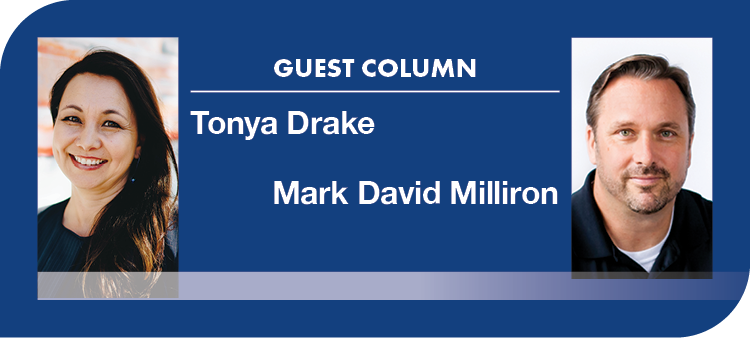
Home » Let’s re-imagine the road ahead in education
Let’s re-imagine the road ahead in education

October 14, 2021
It’s been more than a year since the Babb Road Fire scorched over 15,000 acres south of Spokane. The rebuilding process is underway, signaling hope for a bright future for those who still call that area home. In the wake of that devastating yet transformative event, they are creating a new possible.
For the past year and half, we have been living through another transformative event – one that will surely impact our lives beyond the foreseeable future. The effects of the Covid-19 crisis have moved slowly at times and struck suddenly at others. Exactly what life will look like on the other side of the pandemic remains uncertain, but the reality is there is no going “back to normal.”
We will see lasting changes in how we manage our health, do work and approach education.
Indeed, the entire education sector is facing one of its most significant tests ever, and to pass this test we must resist reactionary traditionalism and instead confront confusion, learn together and bring forward the good work of so many so that together we can reimagine a new possible.
First, we must address the confusion that has arisen as schools were vacated and dedicated teachers and leaders were forced to invent a different mode of delivery and support on the fly.
What Washington teachers and school leaders bravely did was adopt an emergency strategy for remote learning, and we applaud them.
However, there is a sea of difference between emergency-remote learning in this scenario and the highly engaging, high-quality digital learning and support found in the best online and blended learning that talented education professionals have been developing and delivering for the last 20 years.
Confusing emergency-remote learning with the best of digital learning is like equating a life raft with a luxury liner.
They both float and they both may get you to shore, but the experience for those aboard is going to be vastly different.
Most challenging is that this problematic conflation confuses our conversations and pushes people back into a reactive “get back to normal” mindset than forward into what could be possible by thoughtfully and effectively blending the best of learning modes and models in the months and years to come.
Second, with this distinction in mind, today is the day to look to what we know about what works and what doesn’t in in-person, online and hybrid learning. There are strong organizations that have been continuously improving and advancing this practice for decades, including Western Governors University, Quality Matters, the Aurora Institute, and the universities and education leaders in Washington — the State Board for Community and Technical Colleges and state Department of Commerce, which added remote hotspots to increase access to high-speed internet.
On top of that, we saw some incredibly inventive and effective innovations from the heroic efforts of many who experimented successfully during the pandemic with gradeless assessment, new learning and engagement strategies, and inventive outreach to close the continuing and deeply problematic digital divide.
It is time to reflect on and leverage what we have learned, both over a long history of quality online and blended education and from the inspiring innovations from the teachers and leaders responding to the Covid crisis at hand.
With less confusion and more learning, we can use this time to rethink and re-imagine our teaching and leading, and our education policies and practices.
We can’t cobble digital technologies and new assessment strategies onto what existed before without first clearing out what wasn’t working and getting a strategic plan for sustainability and scalability going forward. By coming together to vision what is possible and working together to design what we want to bring forward, we can become better and stronger than we were before the crisis.
Over-simplified arguments about in-class instruction vs. online need to be tabled so we can thoughtfully explore more practical and less polarized conversations that take advantage of all the tools and techniques available to us at this important time in education’s history. Indeed, to rise to this new moment and this challenge, we must embrace a commitment to doing the hard work of visioning and building out a new possible.
We’ve shown we can emerge from a transformative event, adapt, and thrive – and we can do it again.
Tonya Drake is the regional vice president, Northwest region, and chancellor of WGU Washington, and Mark David Milliron, is senior vice president and executive dean, WGU Teachers College.
Opinion
KEYWORDS october 2021




